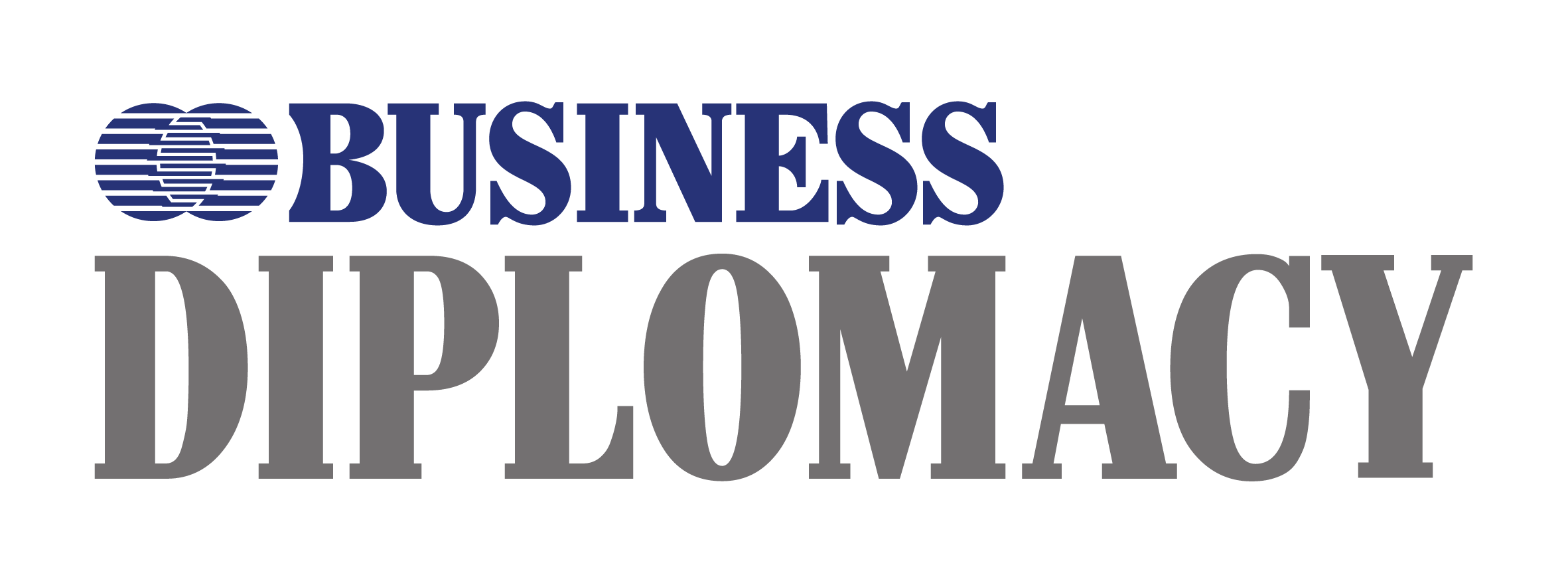What Is the Current Direction of Shopping Mall Investments Shaping?
- What are your thoughts about the future of the shopping malls around the world and in Türkiye? What is the current direction of shopping mall investments?
JLL Türkiye Co-CEO Dora Şahintürk: As a result of the pandemic, there has been a great decrease in the number of visitors to shopping malls and shopping habits have turned to online platforms. However, as the effects of the pandemic diminish, the offline channel has again entered the focus of consumers in our country and around the world. The pandemic process reminded consumers of the value of shopping malls in a sense. We have seen that the online shopping system investments that appear to be ahead of shopping mall investments in the future will not affect retail and investors much.
Since there is a time problem in big cities, consumers prefer shopping malls where they can meet all their needs at the same time. Containing stores where food and beverage, entertainment, children, home, sports, and adult shopping can be done, shopping malls came one step forward.
We can say that the biggest obstacle in the way of shopping malls in the upcoming period is the financing structure and the balance of income and expenses. Incomes did not increase at the same rate as the operational expenses and costs. This turned out to be a negative situation for the investors. However, it is a different type of investment to renovate shopping malls with the teachings of the pandemic and prepare them for the future.
- Could you elaborate on the effect of proportionally increasing online/e-commerce retailing and shopping malls on the current situation?
JLL Türkiye Co-CEO Tarkan Ander: Online shopping increased during the pandemic period but started to decrease with the end of the pandemic. Especially in certain product groups, consumers want to touch the product they buy. We can think of 3 obstacles in the way of online shopping, namely high rate cost, quality issues, and trust issues. From the perspective of brands, online shopping is an area where they cannot adequately demonstrate their brand capabilities. The omnichannel, that is, the collaboration of online and offline, is an inevitable reality in the world of today and the future. Consumers who order online will come to receive their products offline, which will mean additional traffic for shopping malls. Maybe in the future, there will be delivery options under the online platforms of shopping malls. Brands abstaining from opening a store in every shopping mall due to increasing stock costs will be able to meet with offline consumers and sell products online, by opening only showroom stores at less cost.
- It is also stated that the change in the target audience of brands in the near future will connect online and offline life. What would you say about the contribution of multi-functional shopping malls, where every need can be met from the same point, to the economy?
Dora Şahintürk: Gathering all the players in a single system will bring significant cost advantages to all stakeholders. In case of cost advantage, demand will increase and this will allow an increase in the number of such mega and system-integrated projects. This will contribute positively to both the retail economy and the overall economic habitat.
- What are your projections and plans regarding the shopping mall sector as JLL Türkiye?
Tarkan Ander: As JLL Türkiye, we are shaping the shopping malls that we offer management and rental services with the foresight that technology-oriented shopping malls that carry out sustainability projects, have innovative concepts and are dominated by social environments will come to the fore. Through the creation of cost advantages behind all this strategy, we design and plan technological, hygienic, social, and functional shopping malls that compete and make the consumers happy in every sense.
- You are a significant actor in the real estate market as well as the retail and shopping mall sector, so can you briefly inform us on market in this regard?
Dora Şahintürk: I can say that we made a pretty strong start to 2022 in terms of office as well as retail. During the pandemic period, a significant decrease was recorded in vacancy rates. For example, the vacancy rate for Class A offices in the Istanbul central business district that was 19.3% in the first quarter of 2020 decreased to 16.3% in the first quarter of 2022. The pandemic led to a considerable increase in the demand for offices that offer high quality standards and have modern ventilation systems and open spaces. Now companies have begun considering their offices as living spaces. As such, we can say that the demand is quite strong on the part of the companies that determine their strategies for returning to offices. On the other hand, considering the high costs, the demand for flex offices is also very high among companies opting to be flexible in terms of contracts and locations.
Tarkan Ander: Primary office rents in Istanbul increased to USD 25/m2/month and TRY 350/m2/month on a TRY basis in the first quarter of 2022. I believe that with the completion of the International Istanbul Financial Centre, which is expected to compete with the noteworthy financial centres of the world in 2022, a significant change will be experienced in the market. We focused on all sectors of the Turkish real estate market and discussed the prominent issues in the “Turkish Real Estate Sector Outlook” Report, which we prepared in cooperation with the Presidential Investment Office, which includes the most up-to-date market data, parameters and insights of our JLL Türkiye real estate experts, which we hope to be a guide for foreign investors.
We can say that logistics is one of the sectors that has been on the rise since the beginning of the pandemic. The sectors that stand out in rental transactions are e-commerce with a share of 34%, retail with a share of 31%, followed by 3rd Party Logistics (3PL) with a share of 29%. The limited supply of logistics warehouses and high demand in the Istanbul and Kocaeli regions pushed warehouse rents up. The increase to be experienced in the development activities in the upcoming periods is also a very significant issue.



